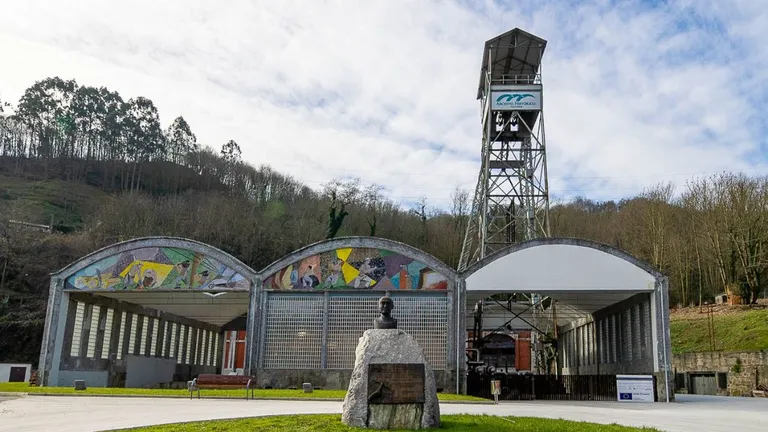
The Ministry for Ecological Transition and the Demographic Challenge (MITECO) has granted Hunosa the concession to use water from the La Nalona mine in the Fondón well to produce green hydrogen at its future plant in Langreo within the framework of the Mine-to-H2 project.

As announced by the company, the authorisation to operate the mine was published on Monday in the Official State Gazette (BOE) and represents “a new milestone” in the project, whose stated objective is to contribute to “the decarbonisation of key sectors and promote the transition to a more sustainable and environmentally friendly environment and economy”.
Mine-to-H2 involves the reuse of an old coal mine for the production of green hydrogen from renewable energy, in which the hydrogen will be produced from the water discharged from the old mine shaft. In contrast, the renewable electricity will be partially generated by a photovoltaic plant that will be installed in another old mine site. According to the company, this is “a circular economy project focused on sustainable mobility in the central area of Asturias”.
After the authorisation to exploit the water from the mine, the company, which had already received the authorities’ approval to make the connection to guarantee the plant’s electricity supply, is now waiting to receive the municipal administrative procedures, which are underway.
The project, promoted and led by Hunosa, has a budget of 18 million euros, of which 9 million will come from European funds, and has other industrial partners such as Duro Felguera and Alsa, as well as the University of Oviedo and the Polish institute GIG-PIB. “The project will place Langreo on the Spanish and European renewable hydrogen map and will consolidate the Fondón well as a paradigm of ecological transition”, according to the company’s press release.
The future 2.5 MW plant, scalable up to 5 MW, will allow, among other things, the production of green hydrogen through electrolysis, recovering the heat from this process to integrate it into the geothermal network that Hunosa has in the District Heating Pozo Fondón, as well as incorporating part of the hydrogen into the existing natural gas network, coupling it with the heating sector.
The project, which will last four and a half years, also includes the commissioning of a new model of intercity bus powered by green hydrogen through a fuel cell. On the other hand, the second phase of the Pozo Fondón District Heating, a geothermal energy heat network that works with biomass, was inaugurated last week and already works with mine water and biomass combustion, which has allowed the service to be extended to another five buildings and has improved its efficiency, reports Efe.
